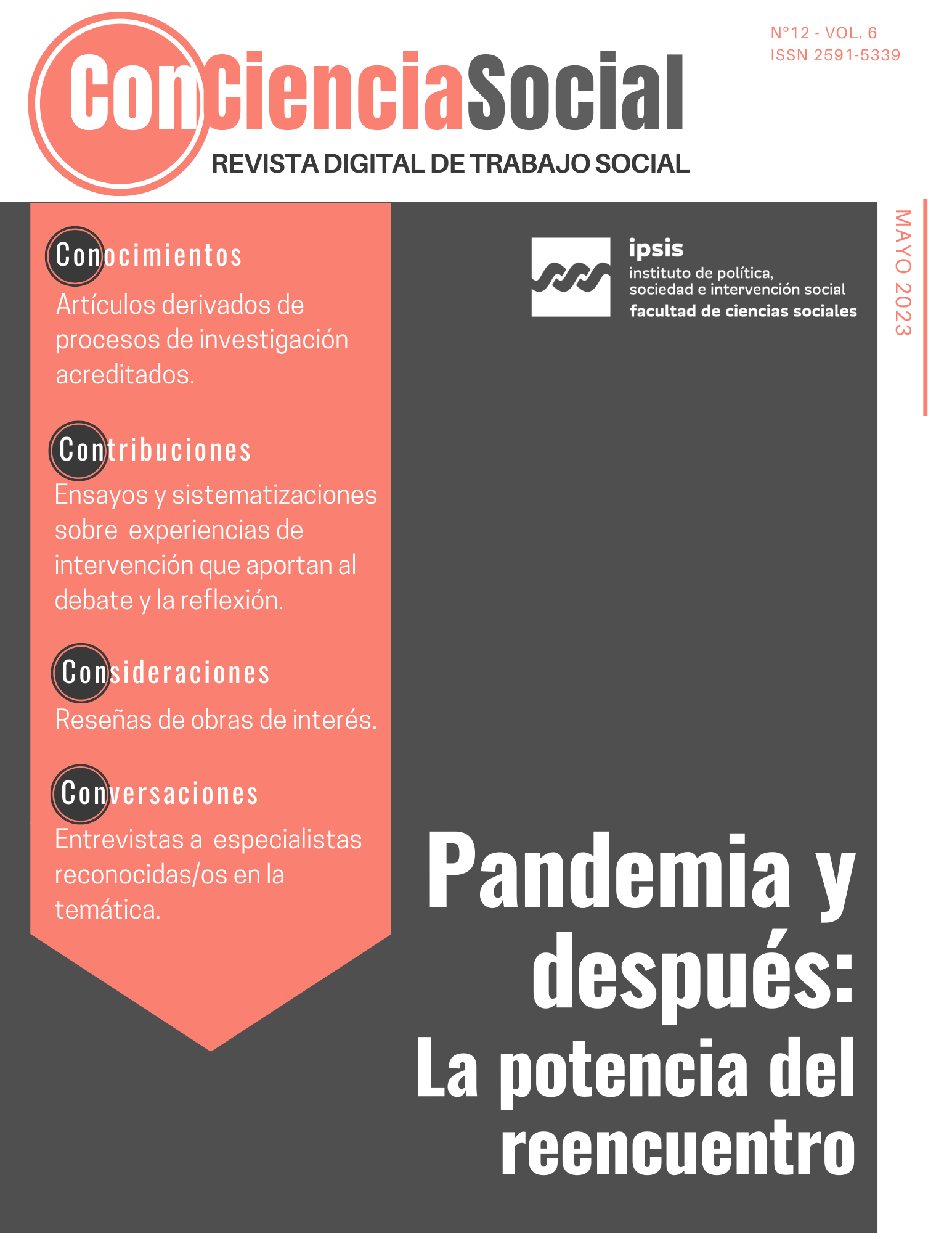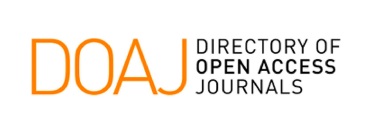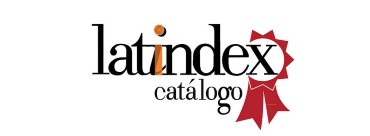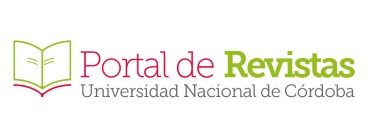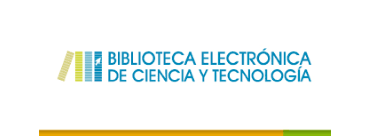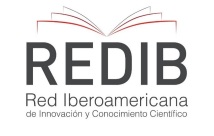Crossing between textile art and social protest: other forms of resistance
Keywords:
trabajo social, arte textil, resistencia, protesta socialAbstract
The present work aims to highlight new expression resources of the social field, which are the result of innovative crosses between textile art and social protest actions, which emerge in our sister countries of Latin America and are strengthened in the period of global pandemic caused by Covid-19.
It is an experience shared with a group of women activists from different countries (Mexico, Colombia, Ecuador, Peru, Chile and Argentina) who use textiles as a means of expression, who were strengthened during the pandemic period and have given the opportunity to lead spaces of social protest. For this, we will take some cases of women who from different disciplines have led social claims, through these new languages, which allow us to make inequalities in the region visible.
Among them, we can mention experiences of textile art as a tool for social struggle. Burlaps, as a support for threads of denunciation, which have circulated around the world, related to the struggles against patriarchy, abuse of power, social inequalities, forms of resistance, feminist proposals and social claims to governments.
We believe that these spaces provide us with valuable opportunities for disciplinary, cultural, intersectorial and interdisciplinary feedback and allow us to experience and develop a "feeling" of our region, situated developments that meet the needs of the territories and the subjects, both at the micro level and at the macro level and create conditions for the possibility of languages that transcend and allow impact.
References
Alcaraz Frasquet, M. (2014). Tirar del hilo, una aproximación al bordado subversivo. En Revista Sonda: Investigación y Docencia en las Artes y Letras N˚ 5, 2014, pp 18-43
Bastacini, M. (2018). Tejidos científicos, posibilidades e intermediaciones. Nudos de problemas y entramados de la tarea científica en II Congreso internacional de Artes. Facultad de Artes, Diseño y Ciencias de la Cultura de la Universidad Nacional del Nordeste. Resistencia. Chaco. Argentina. Recuperado de: https://www.artes.unne.edu.ar/assets/pdf/Publicaciones/Ponencias
%20II%20Congreso%20Internacional%20de%20Artes%20_%202018.pdf
Cabnal, L. (2010). Feminismos diversos: el feminismo comunitario https://porunavidavivible.files.
wordpress.com/2012/09/feminismos-comunitario-lorena-cabnal.pdf
Carballeda, A. (2022). La subjetividad como terreno de disputa. Ensayos teórico-metodológicos acerca de lo social hoy. Buenos Aires. Editorial Margen.
Espinoza, U. F. A., López León, R., & Plasencia Martínez, F. (2019). El textil es huella, acción contra el olvido. Arte e Investigación, (16), e035. https://doi.org/10.24215/24691488e035
González Rosas, G. (2020). Bordar es resistir. Reflexiones feministas entre la aguja y el hilo. Recuperado de: https://hysteria.mx/bordar-es-resistir-reflexiones-feministas-entre-la-aguja-y-el-hilo/
Guagliano, M. (2022). Luneville o el libro de la inspiración. Córdoba. Publicación independiente.
Haraway, D. (2014). Manifiesto para cyborgs. Buenos Aires. Puente aéreo.
Hermida, M. (2022). Descolonizar nuestros flujos. En Hermida, M y Martínez, S. (Ed) Feminismos del Sur e Intervención Social. Genealogías, diálogos y debates. (pp. 107-119) Buenos Aires. Editorial Espacio.
Martínez, S. (2022). Epistemología Raizal-indisciplina como potencialidad heurística del Trabajo Social en clave feminista. En Martínez, S, Agüero, J y Meschini, P (Ed) Entramados epistemológicos en Trabajo Social (pp.85-127) Entre Ríos. La Hendija.
Patiño Sanchez, M. (2017). Tejiendo conocimientos en los círculos senti-pensantes: hacia un Trabajo Social decolonial y del buen vivir. En. Hermida,M y Meschini, P (2017) Trabajo Social y Descolonialidad. Epistemologías insurgentes para la intervención en lo social. Mar del Plata. EUDEM
Parker, R. (1984). The Subversive Stitch. Embroidery and the making of the feminine. Londres. The Women’s Press Limited.
Patiño, D. (2020). Apuntes sobre un feminismo comunitario: desde la experiencia de Lorena Cabnal. Recuperado de: https://www.researchgate.net/publication/342215141_APUNTES_SOBRE_UN_
FEMINISMO_COMUNITARIO_Desde_la_experiencia_de_Lorena_Cabnal
Pérez-Bustos, T. (2019). ¿Puede el bordado (des)tejer la etnografía? Disparidades. Revista de Antropología, 74(1), e002d. Recuperado de: https://doi.org/10.3989/dra.2019.01.002.04
Santamaría Benavidez, K. (2021). La imagen bordada y la práctica político estética de artistas mexicanas contemporáneas (2014-2019) Resignificación, irrupción y resistencia ante la violencia hacia las mujeres. Tesis para obtener el título de grado de Maestra en arte: decodificación y análisis de la imagen visual. Inédito. Instituto Cultural Helénico.
Tapia, B. (2021). Entre bordar y ser mujeres: habitar el cuerpo a través de los hilos. Núcleo Milenio Movilidades y Territorio. Recuperado de: https://www.movyt.cl/index.php/prensa/noticias-movyt/entre-bordar-y-ser-mujeres-habitar-el-cuerpo-a-traves-de-los-hilos/
Downloads
Published
Issue
Section
License
Copyright (c) 2023 María del Carmen Bastacini

This work is licensed under a Creative Commons Attribution-ShareAlike 4.0 International License.
Aquellos autores/as que tengan publicaciones con esta revista, aceptan los términos siguientes:Los autores/as conservarán sus derechos de autor y garantizarán a la revista el derecho de primera publicación de su obra, el cuál estará simultáneamente sujeto a la Licencia de reconocimiento de Creative Commons que permite a terceros:
Compartir — copiar y redistribuir el material en cualquier medio o formato
Adaptar — remezclar, transformar y construir a partir del material para cualquier propósito, incluso comercialmente.
La licenciante no puede revocar estas libertades en tanto usted siga los términos de la licencia.Los autores/as podrán adoptar otros acuerdos de licencia no exclusiva de distribución de la versión de la obra publicada (p. ej.: depositarla en un archivo telemático institucional o publicarla en un volumen monográfico) siempre que se indique la publicación inicial en esta revista.
- Se permite y recomienda a los autores/as difundir su obra a través de Internet (p. ej.: en archivos telemáticos institucionales o en su página web) después del proceso de publicación, lo cual puede producir intercambios interesantes y aumentar las citas de la obra publicada. (Véase El efecto del acceso abierto).
Los derechos de explotación comercial (Copyrigth) quedan reservados para los autores.

